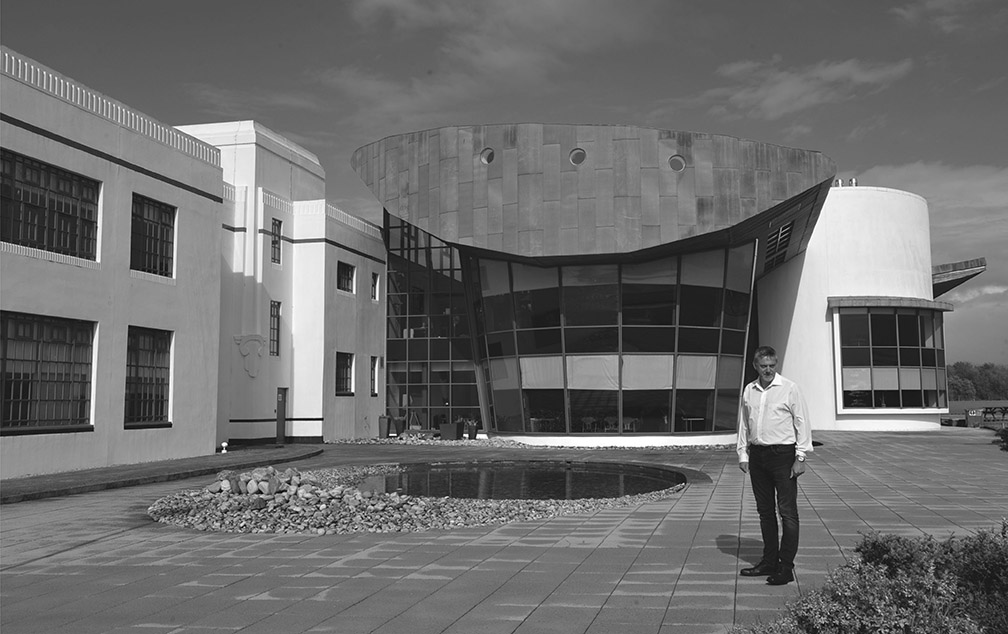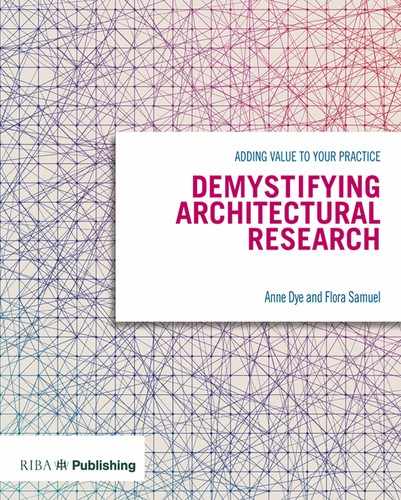Chapter 21
Working as an Expert Witness
CONTRIBUTOR PROFILE: GORDON GIBB
Gordon Gibb set up Gibb Architects immediately after his Part 3, before studying Law and accepting a part-time appointment to teach Professional Studies. As part of the ARB/RIBA Working Group he rewrote the Part 3 criteria, before being elected to the ARB as Vice Chair. He acts as an adjudicator and mediator, and is a consultant for the RIAS.
Traditionally when things go wrong in construction – even if the architect is only partly to blame – their professional indemnity insurance can be involved, simply because suing an insured party is more likely to achieve some level of success. In the past the architect often stood alone. Increasingly, however, a team approach is taken by parties seeking to reclaim sums on larger projects with non-traditional appointments, and the obligations and liabilities of design team members are seen as overlapping. In liability claims, the view of apportionment between design and inspection activities has also changed over time, as has the number of parties that may make a claim.
All of these changes, and evolving risks for architects, need to be addressed. Research into the field is needed in order to benefit education processes as well as the profession’s exponents and reputation.
Organisation profile: Gibb Architects Ltd
Gibb Architects Ltd is a micro-practice based in Glasgow. The practice has designed and administered housing, commercial and historic buildings for nearly 30 years. Gordon Gibb has also acted as an expert witness in construction disputes, writing reports and appearing in court. The practice is now involved in most aspects of dispute resolution. Gordon is also involved in the development of professional education for architects.
The practice undertakes research to support its expert witness work, and believes its reputation is built on the quality of that work. Research is required for most of its expert witness commissions to analyse physical evidence and to inform opinions. An architect expert witness provides guidance to a court on what constitutes normal practice, underpinned by an understanding of how buildings are put together, how a construction team operates and what an architect should know; this is a constantly changing field of knowledge.
Context
Few authoritative texts on the management of risk in the industry discuss the dynamics of claims and liabilities in the light of evolving contract provisions and procurement methods. My work as an expert witness is underpinned by forensic analysis of correspondence, consultants’ drawings, specifications, photographs and reports on building failure. When I analyse these documents for court I must give consideration to the legal and contractual obligations, and deliver findings; this forms the basis of my court testimony.
I have built up a body of cases (for which I have produced over 150 reports) and knowledge of trends in dispute resolution – underpinned by a clear understanding of contractual matrices and professional obligations. It is on this evidence, along with the authoritative texts, legal outcomes and the advice of others in my field, that the research has been built.

Extension to India of Inchinnan, Renfrewshire, Scotland by Gordon Gibb
Approach
Philosophy
An expert witness will search for the truth, based on evidence analysed in the light of their professional knowledge. This underpins their opinions which are checked for their impartiality by asking ‘What would I say if I was on the other side?’
I wish to support my profession, to help it deliver for its clients the services they need, providing architecture under new procurement challenges. I also wish to help the student body avoid the pitfalls that await the unwary. I have found that to scrutinise the evidence more means you need to opine less – a lesson I wish I could disseminate more widely among my peers.
Methods
Through tabulation of my cases from the last three decades – by dispute, field of claim against the architect, other parties involved and amount claimed – I was able to systematically review the contract provisions alleged to have been breached, and why. I also considered whether the method of dispute resolution adopted had any impact on the outcome of the case.
Insights and Impact
A number of key findings emerge from the research:
- The received wisdom in the construction industry – that under Design and Build the number of claims against architects would fall – is incorrect. While the number of ‘inspection failure’ cases has dropped, the number relating to design or design coordination has risen.
- Net contribution clauses have made it harder to make a claim against the architect in respect of a loss which was principally the fault of the contractor. Because of this there has been a change in the nature of claims, moving from ‘failure to inspect’ or ‘over-certification’ to ‘failure to coordinate the input of others’ – a factor of design for which the architect is normally fully responsible.
- There has been a change in the liability matrix in many construction projects. Procurers of architecture have changed appointments to strengthen the architect’s obligation, while reducing client risk. These changes include: the use of clauses that make the architect liable to both the contractor and the client at the same time; whistleblowing clauses, to make the architect liable for specification changes imposed by the contractor under design and build contracts and the use of the designation ‘lead designer’ in design and build, to make the architect liable for the integration of all aspects of design into the whole.
- Architects are often caught out by believing, incorrectly, that an obligation they hold sits with another party, under non-traditional procurement arrangements, after novation – architects may still be obliged to inspect. Clauses are also written so that the contractor may claim against the architect that they employ, even in respect of the contractor’s own deficiency in meeting the employer’s requirements. The employer may also claim against the architect for a design failure or a failure to warn through a collateral warranty.
In all of this there are a number of conflicts of interest for the architect, the principal one being that it will be hard to maintain a good working relationship with a contractor-client while complying with an obligation to tell the employer that the contractor is in default. Risk is increased because many architects don’t understand the obligations they signed up to. A key message – based on the research – is to scrutinise contract documents, because it is within the building contract, and not just their own appointment, that the full extent of the architect’s obligation lies.
However the findings are not all negative:
- In design and build, although the contractor is still the first port of call in any claim for design or building failure, design teams and contractor-designers are brought into the action – often in multi-party mediations. Each party claimed against brings its own team to the debate, and this spreading of liability is now complicating and slowing the resolution of claims against contractors. For future employers this may increase their perceived risk, and make design and build less attractive.
- It is being found, in retrospect, that in non-traditional procurements the lack of an independent design-led project officer has allowed poor practice in specification or workmanship resulting in building failures. The proliferation of such cases may result in revision of contract provisions to reduce specification-busting, and may encourage the development of a more dominant architect role post-contract.
I believe that other architects could benefit from the knowledge I’ve gained through my work and research – as my practice has done – so I disseminate my findings through teaching and consultancy work for the RIAS, my expert witness appointments and blogging on LinkedIn and at www.gibbarchitects.co.uk/blog.
Lessons
This research project has been illuminating for the practice, and has produced tangible and relevant results and insights. My work has stressed the need to understand risk and to guard against being caught out by the wording of a contract or by a difficult client. Architects would do well to take advice before, rather than after, the calamitous event and may find that the appropriate option is to walk away from the commission at the outset.
I would recommend that others follow a similar path: forming a hypothesis, based on something that may be perceived as a change or development in the practice of architecture, in an area where the practitioner has an interest. A good place to start looking for a research topic is, in my view, in the practice’s own files.
